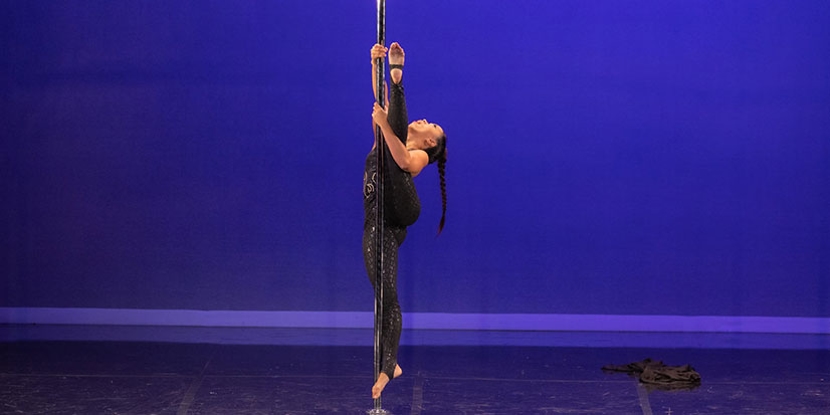Back to Skiing
- Patient: Gaelyn
- Category: Sports Medicine

“ Having both knees replaced simultaneously is not right for everybody – we’re all different – but it was right for me.”
Procedure: Simultaneous Bilateral Total Knee Arthroplasty (SBTKA) – October 2016
Gaelyn’s knees were equally painful. Because she was motivated and otherwise healthy, Gaelyn’s orthopedic surgeon agreed she was a candidate to have both knee replacements performed either at the same time, or in stages.
“It was my decision. I decided to bite the bullet and do it in a single surgery, and I’m glad I did,” says the athletic wife and mom of daughters ages 22 and 24.
Gaelyn’s goal was to get back to her active lifestyle of playing tennis, going to the gym, cycling, skiing and, “everything else.” She adds, “I had been feeling so out of it, but not anymore. I’m doing all of those things again. This Thanksgiving, I plan to be back at Mammoth, skiing and hiking with my husband and girls.”
Gaelyn played volleyball in high school and college, a sport known for being hard on knees. Later on she stayed fit working as an aerobics instructor. She also enjoyed playing tennis, until she couldn’t.
“I was very limited for the last five years before going to see a joint replacement specialist with Hoag Orthopedic Institute. After trying other therapies and facing knee replacement, the doctor assured me that if I had walked around with this bone-on-bone knee pain for five years, I could handle this operation.”
She adds, “I never doubted how professional and capable everyone would be. A few years ago when my daughter, Morgan, was playing volleyball in college, she injured her meniscus (knee). My surgeon performed her arthroscopic knee surgery, and also PRP injection therapy and microfracture, which helped her to heal.”
To prepare for simultaneous bilateral total knee arthroplasty (SBTKA), Gaelyn closely followed her instructions in the days leading up to her surgery. To be sure her skin was free of bacteria (often found on healthy people’s skin and a common cause of infections post-operatively), she wiped herself down with disposable, antiseptic sage cloths.
The afternoon after her surgery, the physical therapist already had Gaelyn up and out of her bed. She recalls, “I wasn’t in pain, which shocked me even though I knew I was medicated. By the second day I felt a little more pain, but I still walked all around the nursing unit.”
In Gaelyn’s private room, nurses would come in every 30 minutes to switch which leg was on a continuous passive motion (CPM) machine to help her knees begin to bend again and keep her circulation going.
“Having both knees done at once I needed a lot of help getting up,” she recalls. “Much of my stay is a blur, but I do remember that everyone was very helpful, prompt, accommodating and gentle. The facility was really nice and updated, and from my room I could look out and see palm trees.
“We expected I would go home in three days, but my hemoglobin (blood) level was low and I felt a little weak and had some pain, so to be safe they kept me another day. Once I went home, I only took Tylenol.”
At home, Gaelyn’s husband Dwain helped her in and out of bed, helped with the CPM machine and kept her knees iced. In-home and then off-site physical therapy followed.
“My knees had been bad for so long that before surgery I couldn’t fully extend my legs, so they were very stiff and in need of a lot stretching,” says Gaelyn. “The in-home therapist also taught me was how to sleep on my side, which was a huge help for me – I’m not a back sleeper and just couldn’t sleep that way anymore. Off-site physical therapy was often very painful as the therapist worked on breaking down the scar tissue and strengthening my leg muscles with exercises.”
Within two weeks of her operation, Gaelyn was walking down the block in her Costa Mesa neighborhood. “After the second week I didn’t need a walker but the therapist wanted me to use it, so I did until the third week. After that, I never even used a cane.”
Gaelyn took just a week and a half off from her job in trade relations for a local pharmaceutical company, then started working from home, propping up her legs and icing regularly. At eight weeks, she went back to the corporate office. At six months, Gaelyn was back on the tennis court.
“That was my goal, to get back to the things I love doing as soon as possible,” says Gaelyn. “Having both knees replaced simultaneously is not right for everybody – we’re all different – but it was right for me.”


